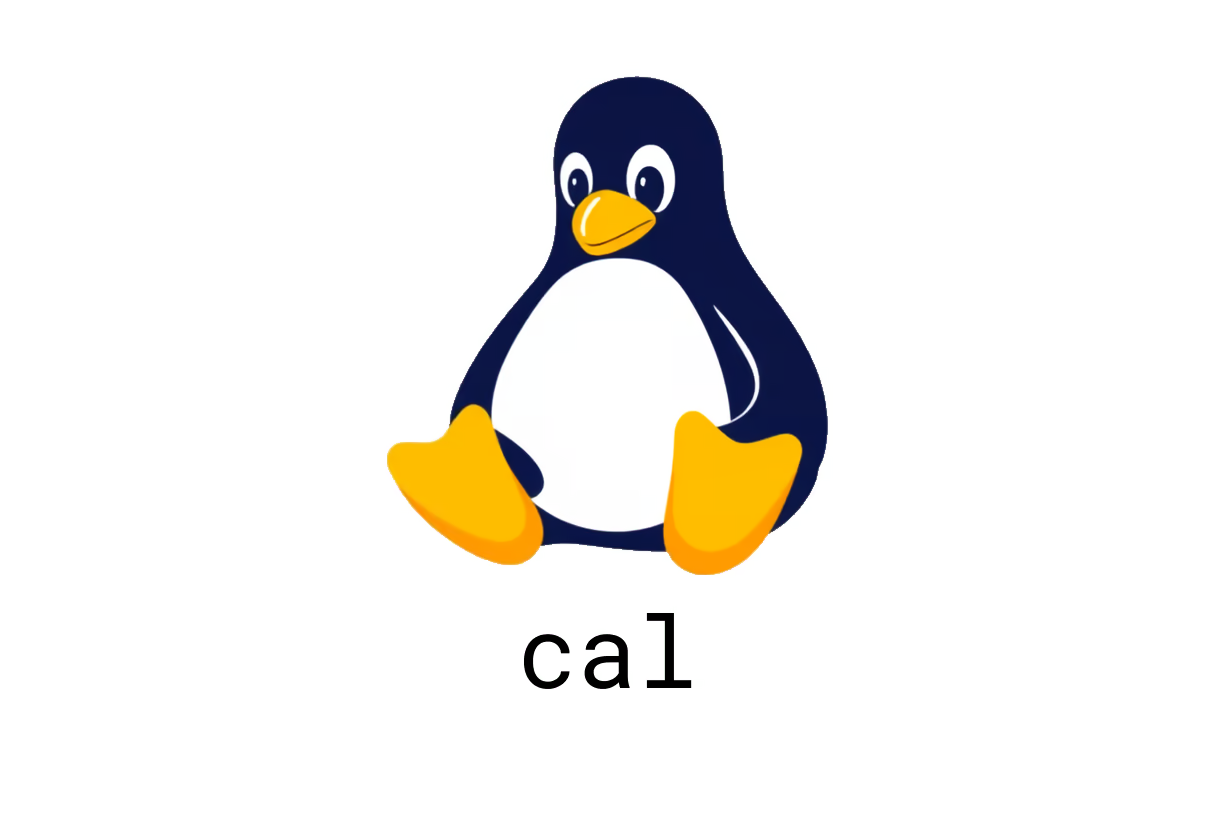
How to Use the cal Command in Linux?
Exploring the cal Command in Linux
The cal command is a simple yet powerful utility for displaying calendars directly in the terminal. Whether you need to check the current month or view future dates, cal provides a quick and efficient way to do so. This post will guide you through its various options and usage.
Basic Functionality
When you type cal, it displays the calendar for the current month, highlighting the current day. This is particularly useful for quickly checking dates without needing a separate application.
Key Options
Here are some options you can use with the cal command:
-
Display the current month:
cal -
Display three months spanning the current date:
cal [-3|--three]This option provides a wider view, allowing you to see months before and after the current month.
-
Display the entire calendar for the current year:
cal [-y|--year]Perfect for long-term planning, this command lays out all twelve months at a glance.
-
Display the next twelve months:
cal [-Y|--twelve]Great for scheduling, you can quickly visualize a full year ahead.
-
Use Monday as the first day of the week:
cal [-m|--monday]Some users prefer starting their week on Monday, and this option accommodates that preference.
-
Display a calendar for a specific year:
cal yearReplace
yearwith the four-digit year you wish to view. -
Display a calendar for a specific month and year:
cal month yearFor instance, enter
cal 11 2023to display November 2023.
Example Usages
-
To quickly check the current month:
cal -
To check out the entire year:
cal -y -
To see the next twelve months:
cal -Y
Conclusion
The cal command is an incredibly handy tool for anyone working in a Linux environment. Its various options make it versatile for different scheduling needs. For a more in-depth exploration of the cal command, you can check the manual page at manned.org/cal.
Start leveraging the cal command today and keep your scheduling organized right from your terminal!